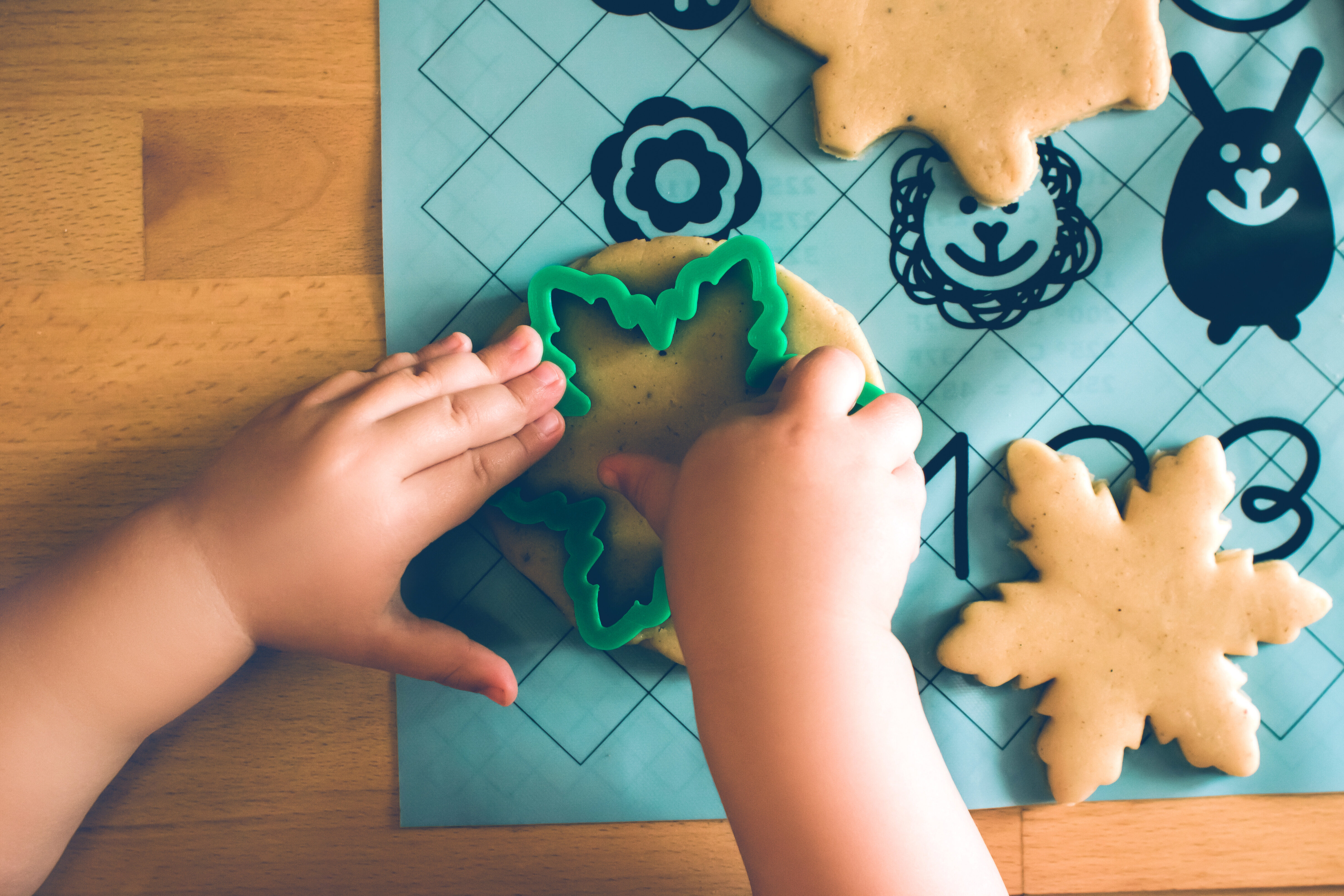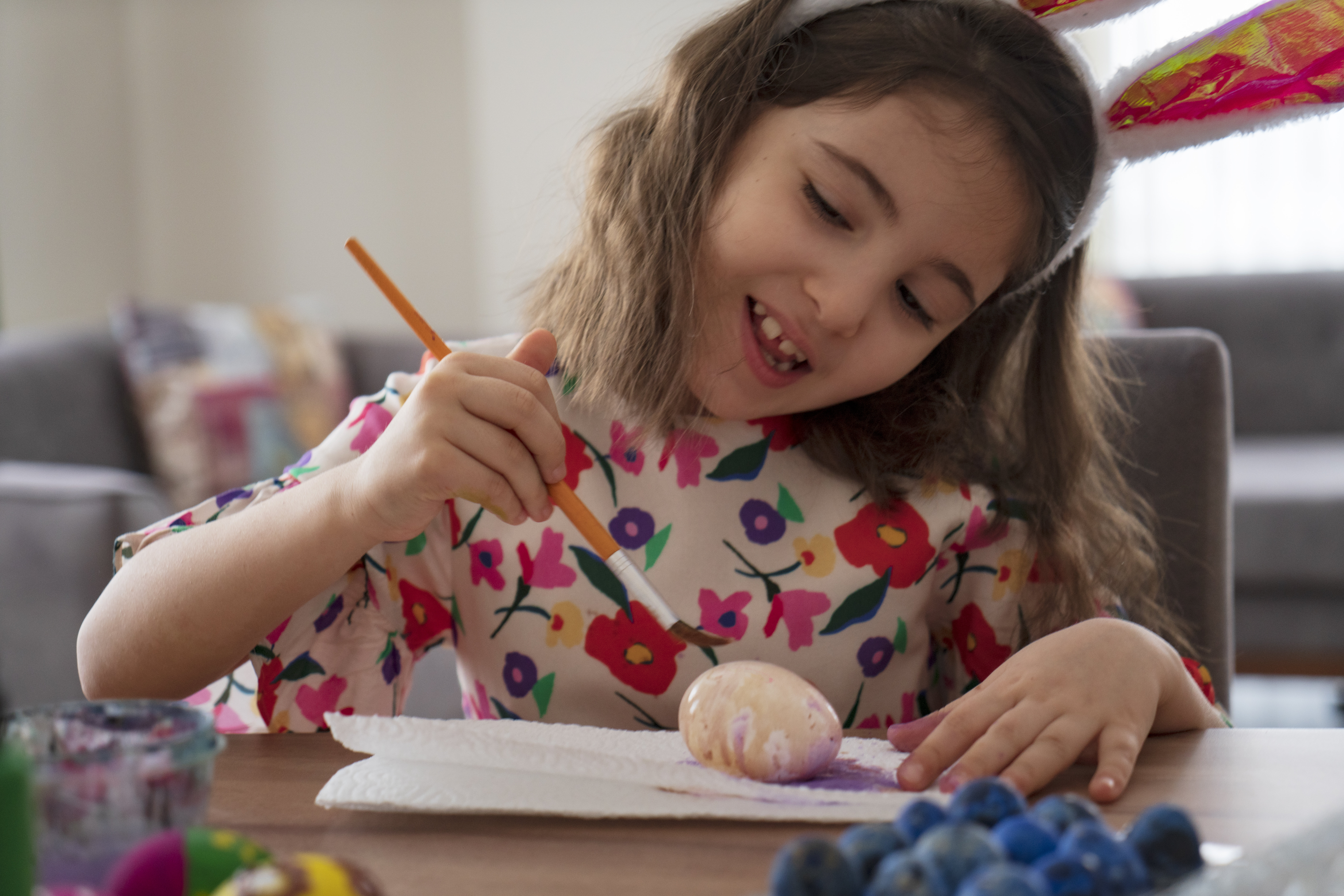My floor is a blueberry graveyard. Banana pieces are so deeply squished into the floorboards that I might lose resale value on my home. I find bite-size cheese pieces in my own hair, even though I have no memory of consuming such a thing.
I blame all this on my newly minted one-year-old. It is my experience with children (nay, one child) that the tunnel vision of each phase distracts you from thinking too far into the future. And then the day came when my daughter’s paediatrician began rattling off foods to introduce and which allergens to be aware of.
Now, as the fog of the first year has slowly (oh, my God, so slowly) lifted, I find myself hunched over a highchair, begging, pleading, basically going through the phases of grief, with this miniature Anthony Bourdain sitting in front of me. It was fun at first. Even if she liked the taste of something, her body would shiver in shock once a foreign flavour hit her taste buds.
Now, she has opinions. Raspberries are the only thing she’ll eat one day, and the next day when I serve them, a look falls across her face as if I betrayed her beyond recognition. Feeding a very independent child is no joke. Who knew? (Everyone knew.)
When your toddler refuses to eat, that food didn’t go to waste. It was food you were already going to make for yourself and you have a meal waiting for your lunch next day. ... Cook for yourself, share with your toddler.Jenny Best, the founder of Solid Starts
Like most things I do in regard to parenthood, I asked (albeit, repetitively) my friends with children around the same age. As I’ve quickly learned, the “it takes a village” notion of parenthood is absolutely true. The community I’ve had, or fallen into, has kept me sane. I knew they, too, would share their experiences of the toddler food phase.
One friend, who has three children, reminded me that mess was something I was about to embrace. In fact, getting messy is part of learning how to eat and *gasp* is encouraged. So, start cheering on your little one when they throw food. But if you don’t want to live in the same crime scene every night, there are some attractive-looking highchair mats to help attempt a tidy eating area.
Another friend with a baby two weeks older than my own mentioned the importance of utensils. Your little one is desperately trying to figure it all out on their own, so they will inevitably want to do it themselves — which means soft, squishy and forgiving materials can be helpful when it comes to cups, bowls, forks and spoons. There are a lot of bright colors and loud shades available, but if you’re more subdued, a few brands have aesthetically pleasing kitchenware.
 Look familiar? Know that you're not alone.
Look familiar? Know that you're not alone.Lastly, to save sanity and time, my best friend mentioned meal prep. I never joined the bandwagon as a single person, so I laughed at the idea of doing it now. But it rang true: Prepping fruit or vegetables by cutting them up the night before (or, say, when a little person isn’t demanding your full attention) has made life a lot easier. Tupperware with bite-size berries or sliced turkey means I can reach for meals without sweating. Of course, teaching patience is a high priority of mine but, hey, step by step here.
While I adore my friends, I decided to ask a professional to really round out my research. I reached out to Jenny Best, the founder of Solid Starts. She is incredibly knowledgeable about this next phase and I swear by her company, which helped me figure out when and how (diced, sliced or otherwise) to introduce new foods to my daughter. Her website provides guides and informative how-tos that are backed by paediatricians, allergists and occupational therapists.
The Solid Starts Instagram includes tangible, straightforward ways to implement these skills, making it less overwhelming when you plop your child into their highchair morning, noon and night. When I asked Best how to prepare (if at all) for this next phase, she didn’t mince words: “Have a game plan for food refusal and get other caregivers on board with that plan. How will you respond when your toddler refuses to eat dinner? Will you offer a healthy snack before bed? Hold firm? There’s no one right way, but consistency with toddlers is key. Know your game plan and stick to it.”
I catch myself feeling overwhelmed when I open the fridge and a demanding little girl is ready to eat while buckled down in her highchair. So, Best shared sage advice:
In terms of preparing your home for feeding toddlers, you’ll want to make sure you have an age-appropriate highchair that has an adjustable footplate and that allows the toddler to climb in and out of it easily. Many toddlers will start to try escaping their chairs. Head this off at the pass by teaching them to climb in and out of their own highchair (which most toddlers are able to do around 18-24 months of age). Teaching your child climb to in and out of their chair will help foster a happy mealtime dynamic and prevent accidents. If you don’t have a highchair that your child can climb into and out of, consider transitioning to a booster seat and teaching them how to safely get in and out of that seat.
And when it comes to actual products, she recommends toddler knives as well as “a small apron and an age-appropriate step stool or standing tower.”
“When toddlers are exposed to cooking and food preparation, they are generally more open to tasting that food as well,” she said.
Have a game plan for food refusal and get other caregivers on board with that plan.Best
And if you thrive in an organised and prepared space, your kitchen drawers deserve an upgrade as well. “This is the time to set up a kitchen drawer at the toddler’s level filled with safe kitchen items such as nesting bowls, whisks and wooden spoons,” Best said. “Let your toddler get into this drawer whenever you are in the kitchen to keep them busy but close by as you cook so they can see you cook and smell all the foods and flavours.”
Probably the most stressful aspect of feeding new humans? Choking. “Get familiar with choking hazards, but also coach your toddler on how to work with challenging foods,” Best said. “It is our strong professional opinion that the risk of choking is highest in toddlerhood because toddlers are more mobile, more likely to be eating risky foods like string cheese, baby carrots, etc., and more likely to be chatting or laughing while eating. This risk is likely highest when the toddler has never practiced eating challenging foods in a supported and calm moment with a caregiver. You don’t want your toddler’s first grape to be while running around at a party.”
Lastly, Best has hopeful words for the tired parent and some helpful tips to avoid burnout. “Get to the family meal as soon as you can. The sooner you are cooking one meal for everyone, the better for you, and honestly, the better for your toddler,” she said. “When your toddler refuses to eat, that food didn’t go to waste. It was food you were already going to make for yourself and you have a meal waiting for your lunch next day, which is not only better for your wallet and the planet, but for your own mental health. (Parents tend to get more frustrated when a special meal they made for their child is then refused.) Cook for yourself, share with your toddler.”
Let it be known you are not alone in your parenthood journey, especially if you’re entering this exciting, yet sometimes frustrating, phase. Remember, you both are learning.



